
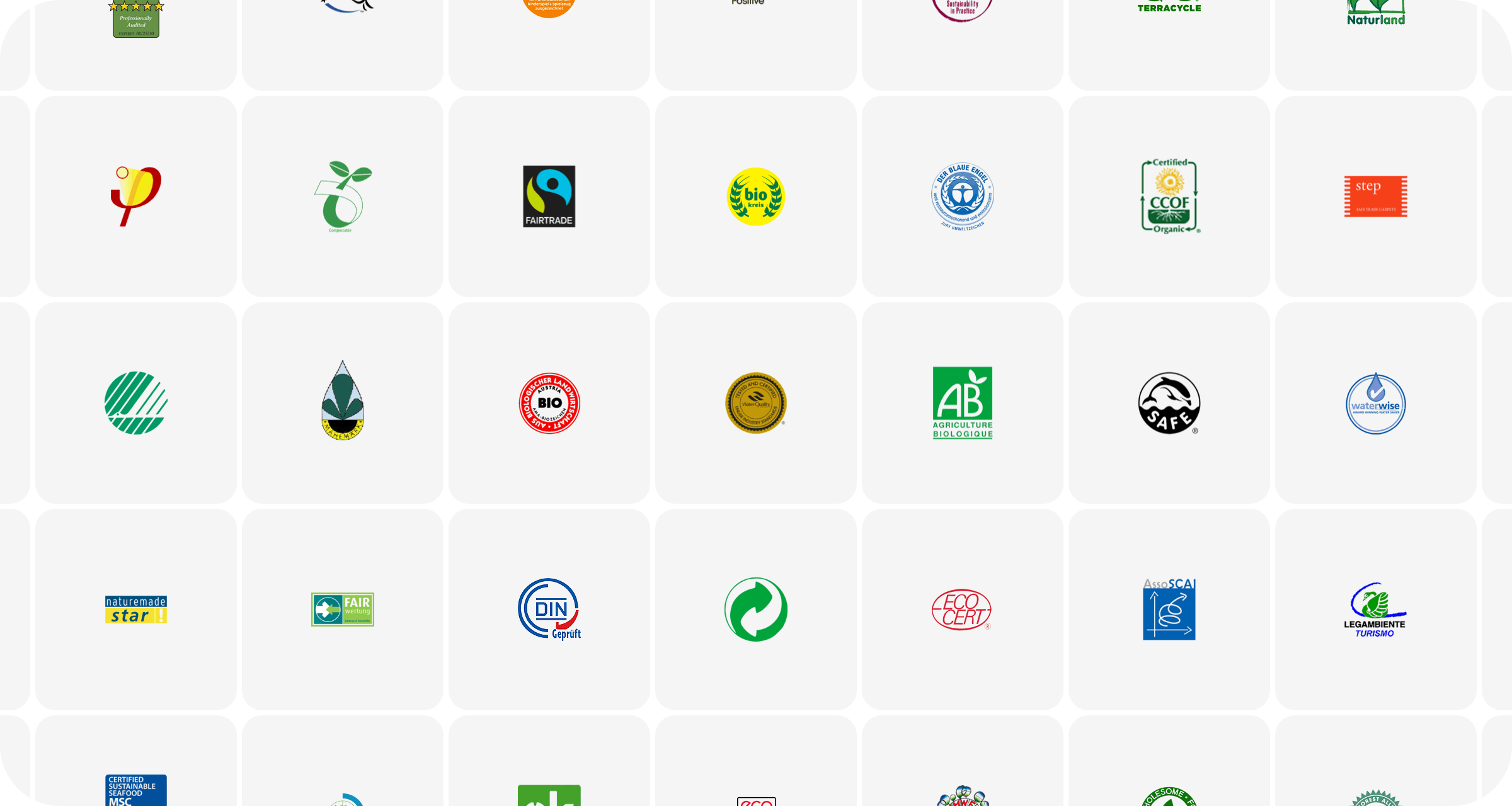
The EU is cracking down on corporate greenwashing.
This week, the European Commission released its proposal for a Green Claims Directive for companies operating in the EU.
The core aim of this Green Claims Directive is to stop greenwashing in its tracks and provide consumers with reliable information about the sustainability of products and brands to help them feel empowered to make informed decisions about purchases.
The Green Claims Directive is the latest measure within the European Green Deal, which aims to transition Europe to a climate neutral economy and includes a commitment to tackle ‘false environmental claims’.
As a starting point, the European Commission carried out a study in 2020 which analysed existing green environmental claims on a wide range of different types of products against criteria for clarity, unambiguity, accuracy, and verifiability – and the results were stark.
- 53.3% of green claims were ‘vague, misleading, or unfounded’
- 40% of green claims were completely unsubstantiated, with no evidence to verify the claim being made
The Green Claims Directive, announced this week, is a measure designed to address these findings – preventing misleading and unsubstantiated corporate claims about sustainability.
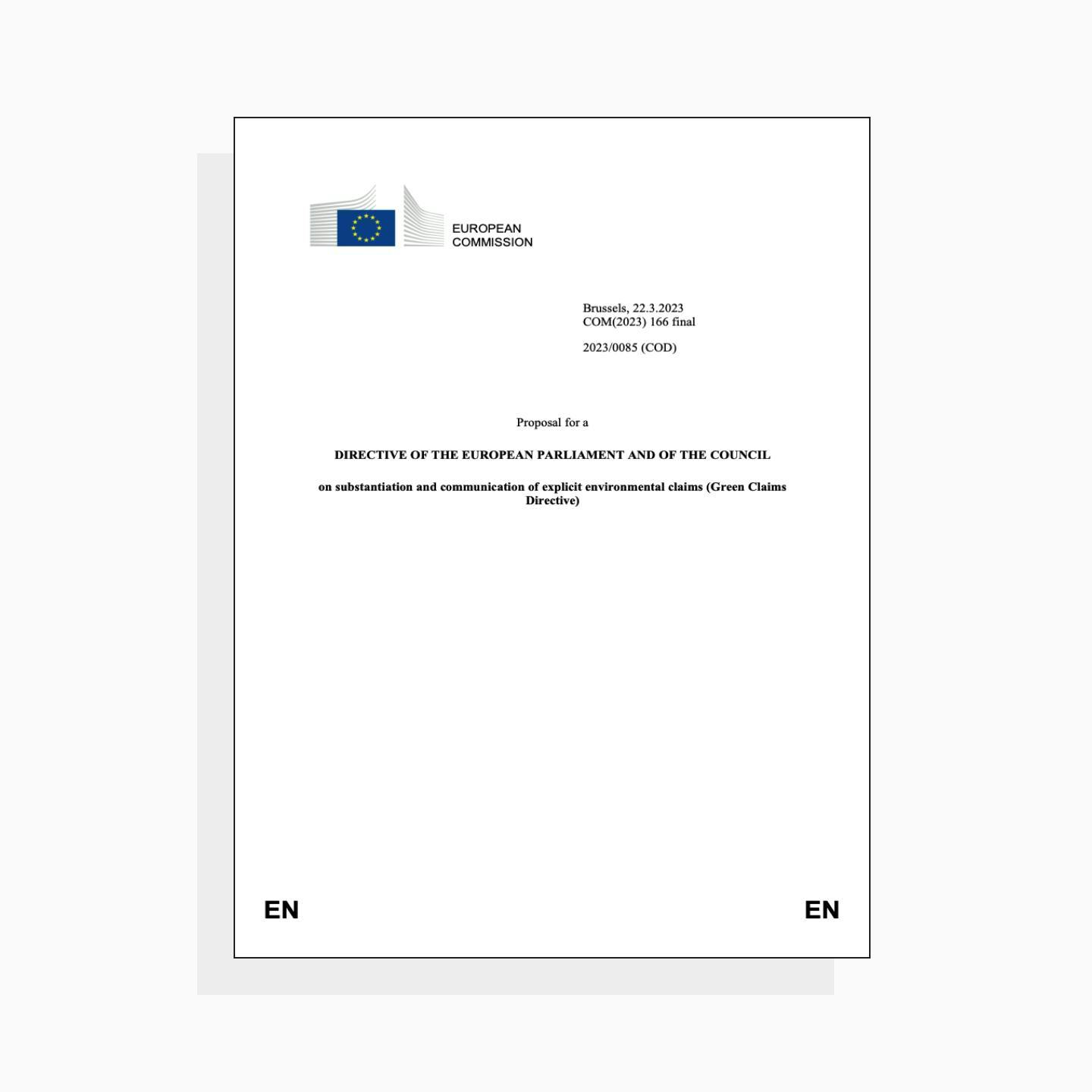
In this post we’ll take a look at the Green Claims Directive in more detail, covering:
- Are all companies subject to the Green Claims Directive?
- What is a ‘green claim’?
- How will claims need to be substantiated under the Green Claims Directive?
- Disclosing carbon offsetting within green claims
- So how will the Green Claims Directive actually be enforced?
- How should companies prepare for the Green Claims Directive to come into effect?
Are all companies subject to the Green Claims Directive?
All companies operating in the EU must comply with the Green Claims Directive – with one exception.
Companies with fewer than 10 employees and less than €2 million in revenue are exempt from the Directive. This is in recognition that the Directive will cause additional marketing costs for companies that want to talk about their environmental impact, and that this will unfairly impact small, early-stage companies.
What is a ‘green claim’?
A green claim – sometimes also called an environmental claim – refers to any sustainability credential that is used to describe a product, service, or brand.
So, for example:
- An activewear brand that shares posts on their social media saying that their clothing is made out of 100% post-consumer recycled plastic bottles
- A tin of tuna which says it is ‘dolphin friendly’ on its packaging label
- An advertising agency that uses the message ‘the only carbon neutral advertising agency in the UK’ on their website.
And so on.
These claims are becoming more and more prolific as businesses come to realise that consumers of all kinds of goods and services are now making purchasing decisions based on environmental impact.
But often these claims are not backed up by solid evidence to prove the claim. In which case, there’s a strong chance that the company is greenwashing – making a green claim in order to win over that climate-concerned consumer base, without actually doing the work needed to address their environmental impact.
For consumers, that means it’s very difficult to make an informed decision about which product or service to opt for to minimise environmental impact.
And the businesses that actually are working hard to address their impact and find ways to positively benefit the environment, are getting lost in this sea of greenwashing.
Which is why regulations like the EU Green Claims Directive are needed.
For more information on the different green claims, head to our article: A guide to making credible green claims: from carbon neutral to net zero and beyond
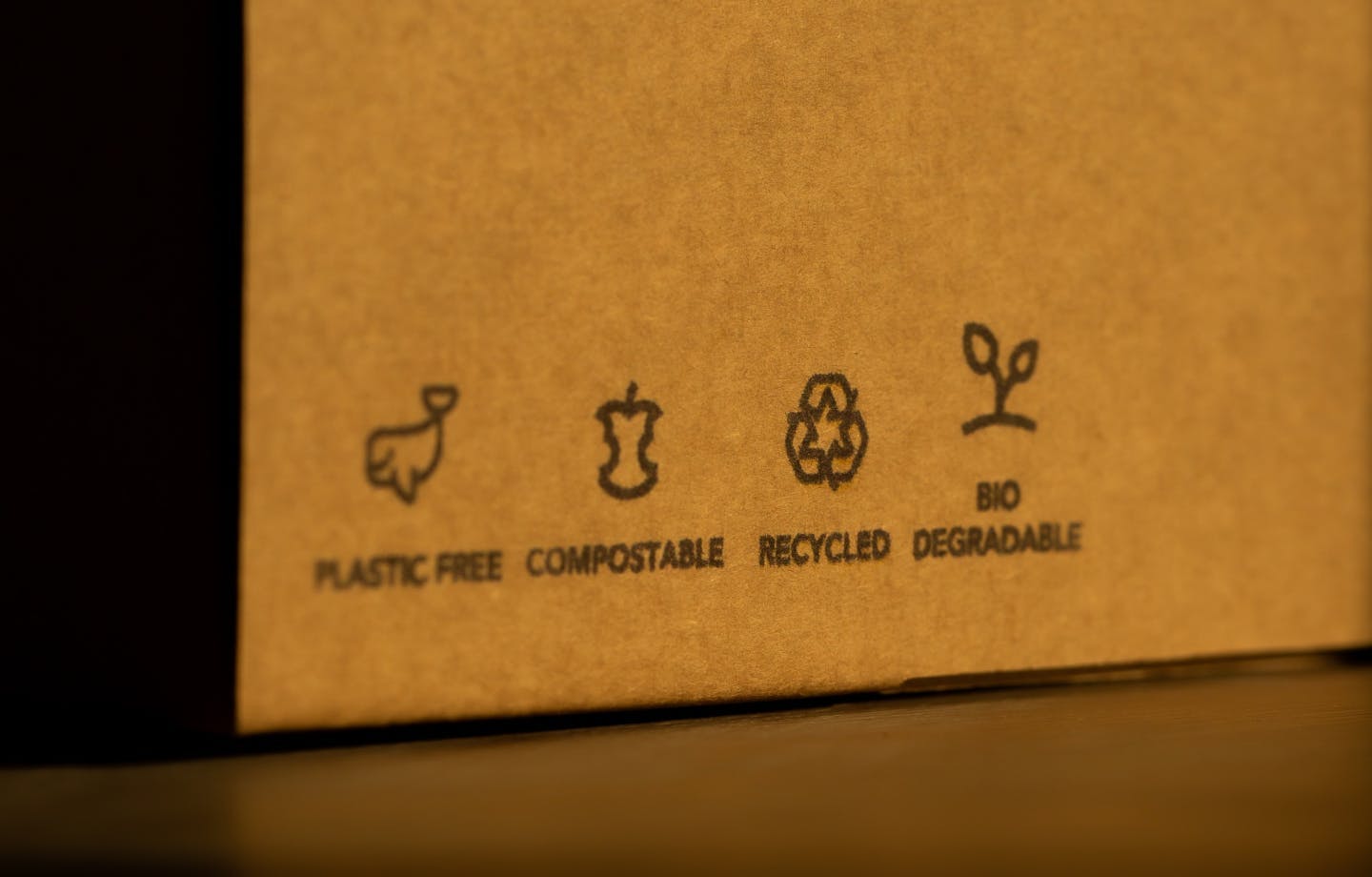
How will claims need to be substantiated under the Green Claims Directive?
The Green Claims Directive dictates that any green claims made by businesses must be: ‘specific, quantifiable, based on reliable scientific evidence, and not mislead or confuse consumers.’
But how will this actually work in practice?
The Green Claims Directive was initially set to include the development of a set methodology which all companies would have to adhere to – but in practice it was found that a methodology which worked for all kinds of products, industries, and claims would not be accurate enough.
Instead, the proposal includes a set of minimum requirements for companies – essentially a set of criteria which must be followed if a company wants to include a green claim in its commercial communications.
The proposed criteria is as follows:
- Substantiate using recognised scientific evidence
- Assess the impacts, aspects, and performance of the product or company from an entire life-cycle perspective
- Be specific about what it covers i.e. is the claim accurate for an entire product or company, or just one part of it
- Demonstrate that the product/company is addressing environmental impact above and beyond any actions that are required by law anyway
- Provide evidence on whether the product/company performs significantly better than average from an environmental perspective
- Analyse any trade offs i.e. provide evidence on whether a positive environmental achievement could actually be leading to a significant worsening of impact elsewhere
- Report the use of any carbon offsets in a transparent manner.
These requirements also need to be verified by an independent, third-party before the green claim can be used.
The European Commission’s research also found that there are at least 230 different green labels in use – labels marking approval from schemes like Fairtrade, the Marine Stewardship Council, or the Soil Association which supposedly offer backing to green claims. But, with so many labels out there, the EU found that they actually just add to consumer confusion.
So as part of the Green Claims Directive, any new labelling schemes must prove that they go above and beyond existing labelling schemes. Existing labels must be transparent about what they cover, be independently verified, and be regularly reviewed – so if companies are currently using a label or certification, they also need to be clear about this.
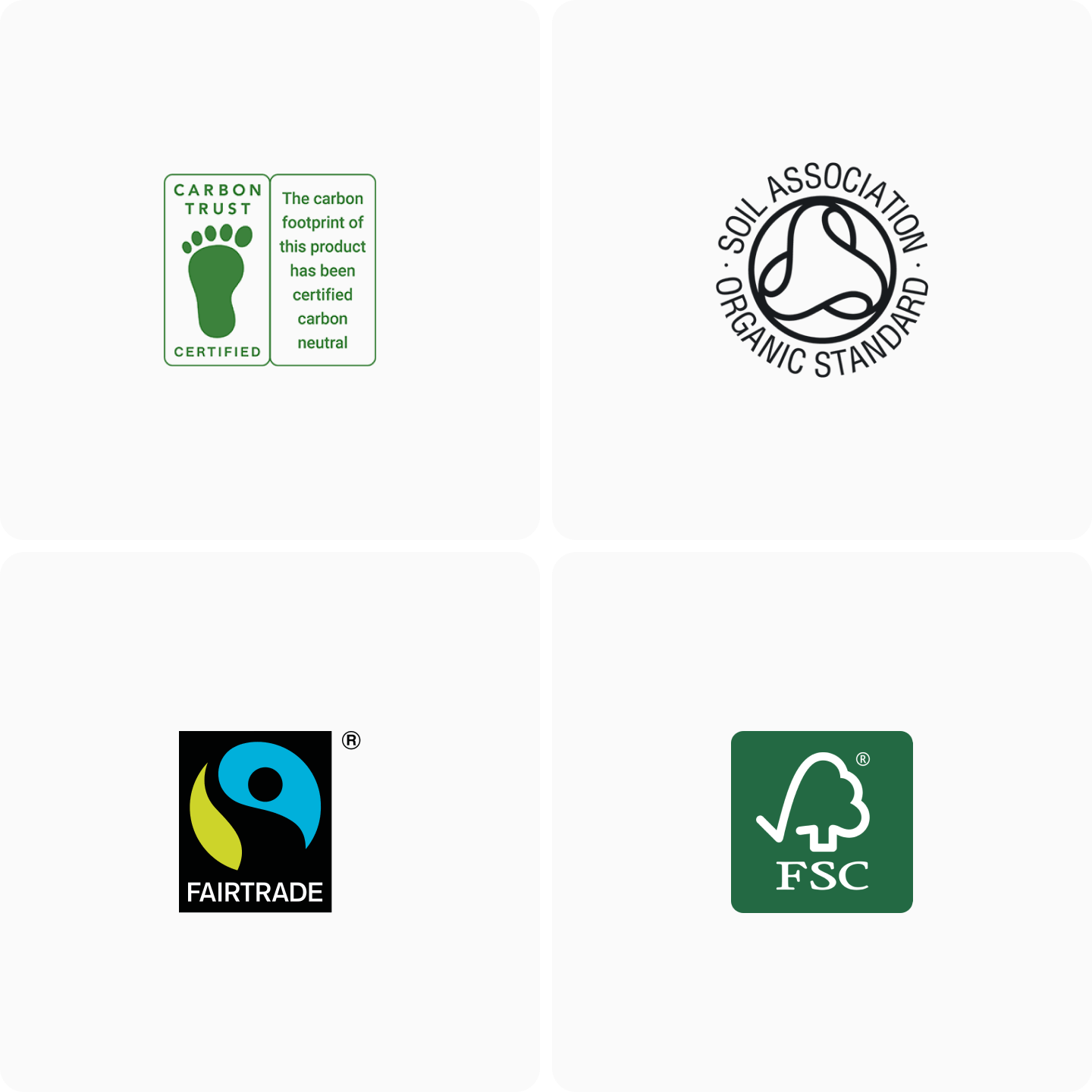
Wait, what was that about disclosing offsetting?
Yep, you read that right – the Green Claims Directive includes offsetting as an item to disclose.
That’s because often companies make climate-related claims which rely on their offsetting to fulfil. For instance, two very common claims which typically involve offsetting are:
- Carbon neutral. To be carbon neutral, a company must minimise emissions as much as possible, and buy carbon offset credits to compensate for any remaining, unavoidable emissions (since it’s pretty much impossible to produce no emissions, even with deep decarbonisation cuts).
- Net zero. To be net zero, a company must minimise emissions as much as possible, and buy carbon removal credits to address any remaining, unavoidable emissions.
But consumers aren’t always aware of what these terms mean behind the scenes, particularly the involvement of carbon offsetting and removals.
So, the Green Claims Directive specifically references green claims which rely on offsetting in Section 27 of the proposal.
According to the Directive, if a claim relies on offsetting, the company must:
- Communicate ‘in a transparent manner’ that offsetting is involved in the claim e.g if a company claims to be net zero because they are buying carbon removals to neutralise part of their carbon footprint, they must be clear about this when they talk about being net zero.
- Disclose how much of the claim is addressed by offsetting e.g.if the company has reduced their annual emissions from 10,000 tCO2 last year to 9,000 tCO2 this year, and then buys 9,000 tCO2 of carbon removals this year to address their remaining annual emissions and fulfil their net zero claim, they need to disclose that ratio.
- Disclose whether the offsets purchased are in emissions avoidance/reduction or carbon removals projects – this is because many claims (particularly net zero) specifically require carbon removals.
- Prove that the offsets purchased are actually having the carbon benefit they represent, by disclosing the methodology the carbon project uses – this is because there are many low-quality carbon projects out there which do not have the real-world climate impact they claim to, and some companies buy cheap carbon credits from these projects and use them to make a green claim against.
Legislation like this is vital in improving the integrity and credibility of the voluntary carbon market as a climate action for businesses – pushing businesses to stop buying cheap, low-quality carbon credits and making high-quality, credible carbon offsetting the default.
But, it does mean that any business buying carbon credits and using climate-related messaging in their marketing will need to ensure they are communicating transparently about their approach to offsetting and the carbon projects supported (if they aren’t already doing so).
If you’re an existing Lune customer this isn’t a problem – all of our carbon projects are credible and pre-vetted. You can find much of the information you’ll need to disclose in our project evaluation guide and on the individual carbon project pages in the Lune dashboard – drop us an email and we can walk you through this.
If you aren’t a Lune customer and you’re concerned about the credibility of your carbon offsetting in light of the Green Claims Directive, get in touch and we can help you address this.
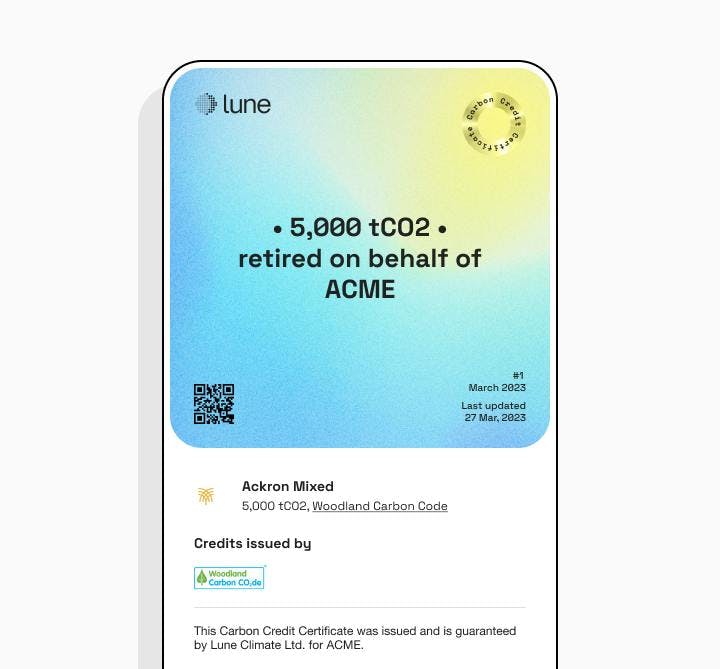
So how will the Green Claims Directive actually be enforced?
Companies who fail to comply with the Green Claims Directive will be subject to varying penalties depending on the severity, starting with fines.
National authorities at a country-by-country level will need to regularly monitor green claims and issue fines to companies which are found to be misleading consumers – so how different countries react and how this will therefore work in practice is yet to be seen.
How should companies prepare for the Green Claims Directive to come into effect?
To summarise, the Green Claims Directive is undoubtedly a move in the right direction.
Environmental claims are currently unregulated, and many businesses have taken advantage of this to greenwash consumers into buying their products under false environmental pretences.
The requirements of the Green Claims Directive mean that companies can now only make green claims if they are willing to be transparent about why they think that claim applies to their company or product, and have this third-party verified.
Not only is this good news for the planet, and for climate-concerned consumers, it’s also great news for businesses that are actually putting in the work to approach business sustainability in the right way to really make a difference – because now it will be much easier for consumers to identify your brand as a truly green one.
However, it does mean there’s a new hoop to jump through on sustainability.
If your company is currently making any green claim, and wishes to continue doing so, you will need to start preparing, meaning:
- Identify any green claims you are making in external marketing and communications
- Conduct (or renew the existing) life cycle analysis to ensure you have the evidence to hand needed to substantiate the claim(s) against the proposed requirements of the Green Claims Directive, outlined above
- If offsetting is part of your claim(s), document your approach to offsetting and gather evidence about the quality and credibility of the carbon projects you are buying carbon credits from
- Review and improve existing communications about your green claims to ensure there is true transparency about why you are able to make that claim.
Concerned about how to check your offsetting for quality and real-world impact? This is our area of expertise – get in touch and we’ll walk you through it.
Readers also liked
Readers also liked

Subscribe for emissions intelligence insights
Get the latest updates in the world of carbon tracking, accounting, reporting, and offsetting direct to your inbox.


